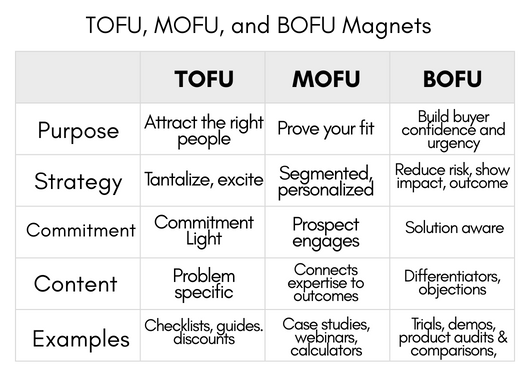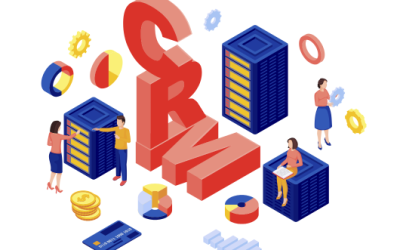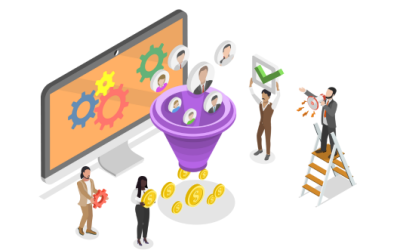You want to reach more people and sell more with less effort. That is a fact. There are many channels you can use to reach more people. You can use social media, email, your website, and digital advertising to name a few. If you are creating general marketing for the masses, we will get more leads. Unfortunately, most of those leads will be unqualified and will cause Follow Up Fatigue for us as a salesperson. Not only that, your CRM becomes cluttered with customers who may not be the best fit.
This is why segmentation is so important for lead generation and customer relationships.
Segmentation is the method of marketing to specific groups based on characteristics and/or behavioral patterns so they receive relevant messaging. Segmentation can be very granular based on your business goals and your customers’ needs, but it is good to start with the basics which are Geographic, Demographic, and Behavioral. We are going to look at the basic segments and how you can implement them in your CRM.
Geographic Segmentation
Geographic is one of the most common segmentation. This segment targets prospects and customers by location such as state, county, school district, sales region, city, and so on.
Most CRMs give you the ability to add detailed location-based records for each customer. In your CRM, you can create dynamic lists based on the segments that you create. For example, if you are an attorney who practices law in several states, you can create a dynamic list for each state. Since each state has different laws, you can send relevant information to your clients based on the state where they live. You can get even more specific by creating segments for clients by city.
Demographic Segmentation
Age, occupation, education, gender, income, and marital status are just a few identifiers in the area of demographics. Demographic segmentation helps you be more related.
For example, if you want to grow your following on Instagram, you want to target to customers that use Instagram. According to Hootsuite, 18-24 years old and 25-34 years old are the two age groups who use Instagram the most while 55+ use it the least. With this information, you can create a segmented list that targets customers who are between 18-34.
Behavioral Segmentation
This segment targets customers based on their buying patterns and habits. Behavioral patterns include online or offline buying, time of day, frequency of purchases, and where they shop.
If you are a floral shop and want to grow your online orders, you can take advantage of data on your customers’ buying behavior. The majority of those who buy from you open your emails just before noon and at least 50% make a purchase at that time. You can create a segment based on the time your customers purchased flowers with an automated drip campaign in your CRM that sends messages at 11:45 am. You can also create social content that publishes around the noon hour.
Conclusion
Segmentation is the best way to sell more with less effort. For this to be effective, you need a CRM that allows segmentation (and automation). Contact us to schedule a demo of X2CRM so you can see segmentation in action and how it can help your business grow.






